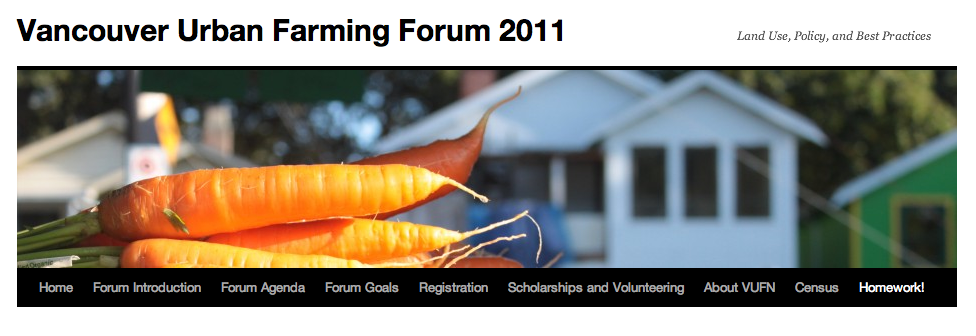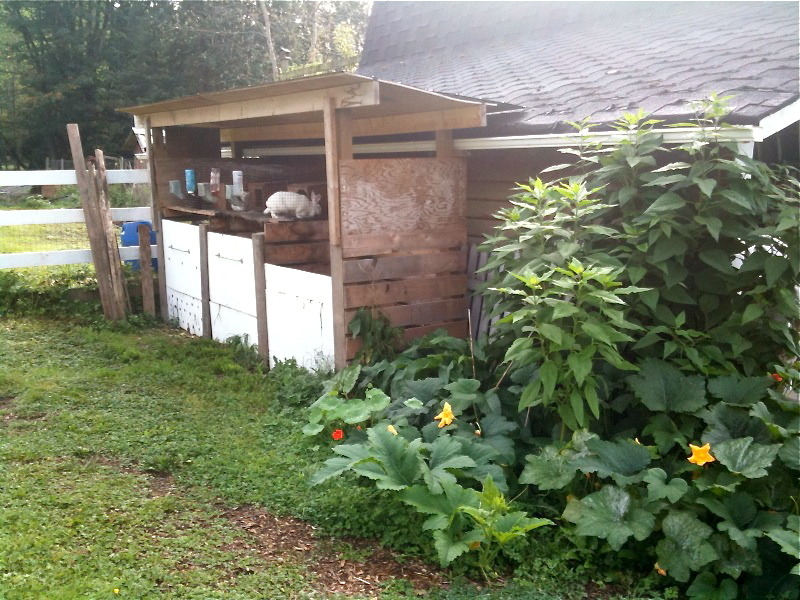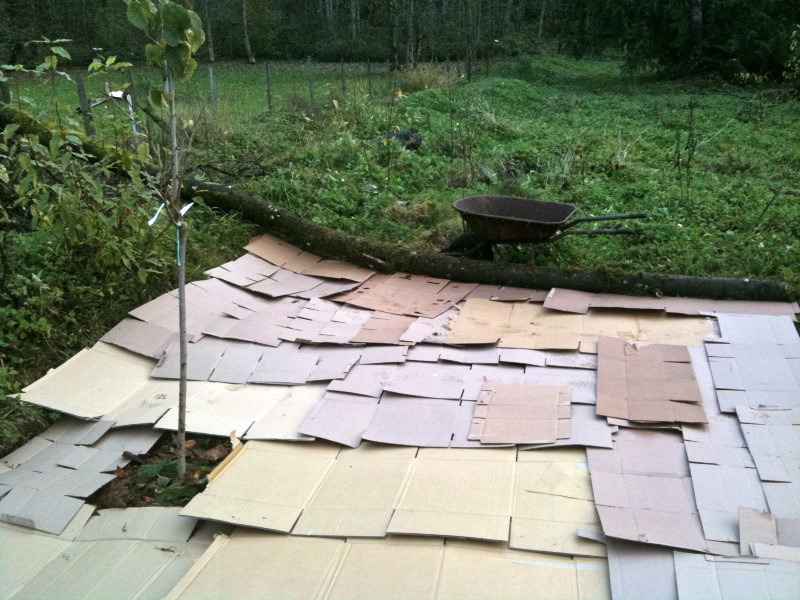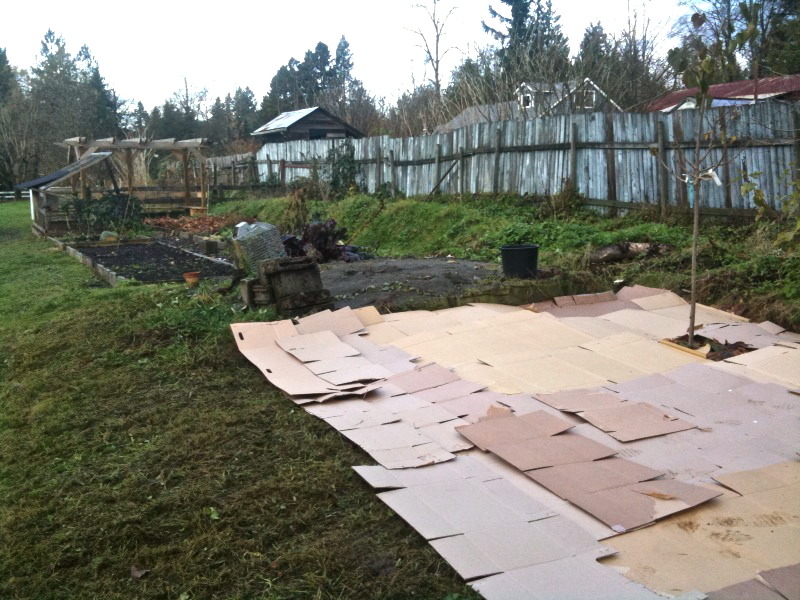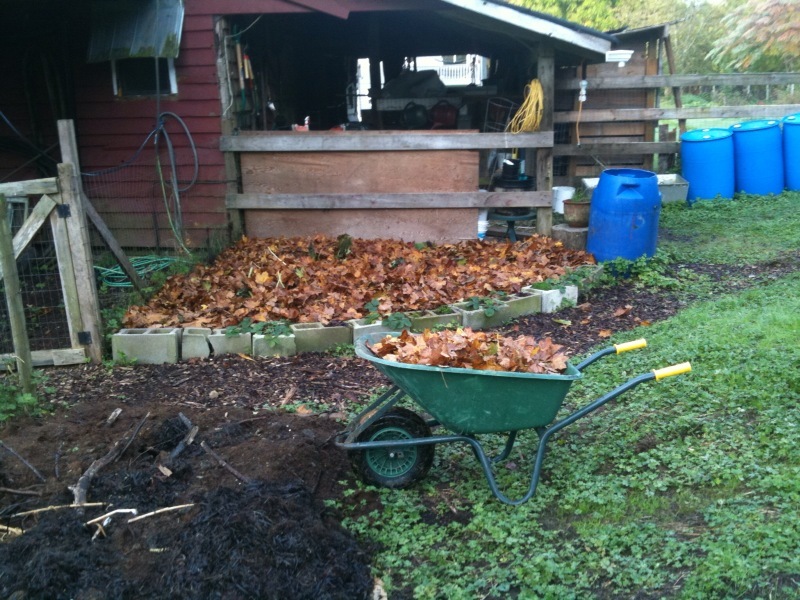This weekend’s Vancouver Urban Farming Forum starts tomorrow and I’m really looking forward to attending it. Thoughtful discourse and solutions-based discussions on the topic of food security at a local level are SO important right now. The current industrial, global food system is completely unsustainable and unhealthy for the planet and all living things on it. It’s time for people to regain control of their food and find empowerment and fulfillment while doing so. The fact that urban farming discussions are taking place in cities around the world (in partnership between the grassroots and municiple levels) indicates an acknowledged need for change and a desire to explore new ideas (and return to some ideas of the past that were – and still are being – bulldozed over by the big business agriculture industry). This is an exciting thing!
In advance of this weekend’s forum, attendees have been receiving ‘homework’: background information about the topics to be covered as well as other interesting urban farming information. I thought I’d post the links here for others to find because it all looks really interesting. Enjoy!
Victoria:
- City Council Urban Agriculture Motion – see pg. 5 (March 2007)
- Committee of the Whole Report recommending Urban Farming as a Home-based business (September 2008)
- Home-based business bylaw 80-159, Schedule D listing allowed home occupations
- Times Colonist article, October 4, 2008
Lantzville (oh, where to start?!):
- Lantzville shuts down Dirk Becker’s urban farm (November 1010)
- Message from Mayor Haime re: Urban Agriculture (March 2011)
- Group struggles to implement urban agriculture in Lantzville, BC. (April 2011)
- Urban farmer digs in over Lantzville ban (July 2011)
- Lantzville urban garden meeting features criticism (August 2011)
- District of Lantzville Bylaw No. 60.23
Seattle:
- 2010: The Year of Urban Agriculture (February 2010)
- Proposed Urban Agriculture Code Changes Released (April 2010)
-
Seattle Legalizes Urban Farms, Denies Roosters (August 2010)
- Seattle City Council approves urban farm and community garden legislation improving access to locally grown food (Sept 2010)
- Seattle Ordinance 123378
- Paper: Urban Agriculture in Seattle: Policy & Barriers
- https://www.urbanfarmhub.org/
San Francisco:
- Urban Farming for Cash Gains a Toehold in San Francisco (August 2010)
- Legalize Urban Produce, Says San Francisco Mayor (Dec 2010)
- Urban Farming Gets Green Light in SF (April 2011)
- Video: Mayor Edwin M. Lee Signs Landmark Urban Agriculture Legislation
- San Francisco Ordinance No. 66-11
Vancouver:
- Advancing Urban Farming in Vancouver (November 2011)
- January 2011 Urban Farmer Brainstorm Meeting Summary
- Greenest City in the World – Local Food Action Plan
- The Dependent – Planting the Seeds of a Food Revolution (2011)
- Urban Farming in Vancouver – Sharla Stolhandske (Spring 2011)
- Foodshed Vancouver – envisioning a sustainable foodshed for Greater Vancouver – James Richardson (2010)
- Growing Space: The potential for urban agriculture in the city of Vancouver – Terra Kaethler (2006)
- Assessing the pocket market model for growing the local food movement: A case study of Metropolitan Vancouver (Terri Evans and Christiana Miewald (2011)
- Some relevant Vancouver bylaws and stuff:
Provincial:
- Farm Practices Protection (Right to Farm) Act
- Development Permit Areas (DPAs) for the protection of Agriculture
- ALR and Community Planning for Agriculture
Other:
- Farming Inside Cities: Entrepreneurial Urban Agriculture in the United Statesby Jerry Kaufman and Martin Bailkey (2000)
